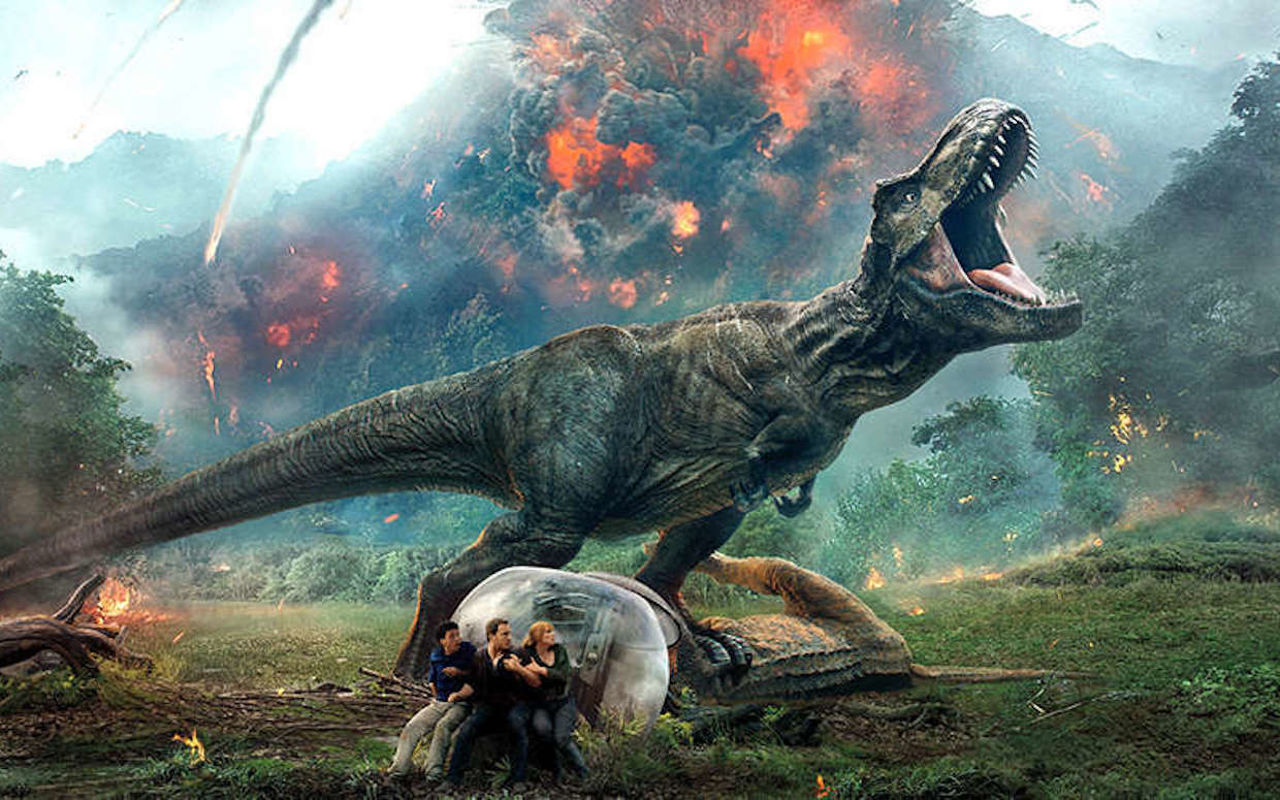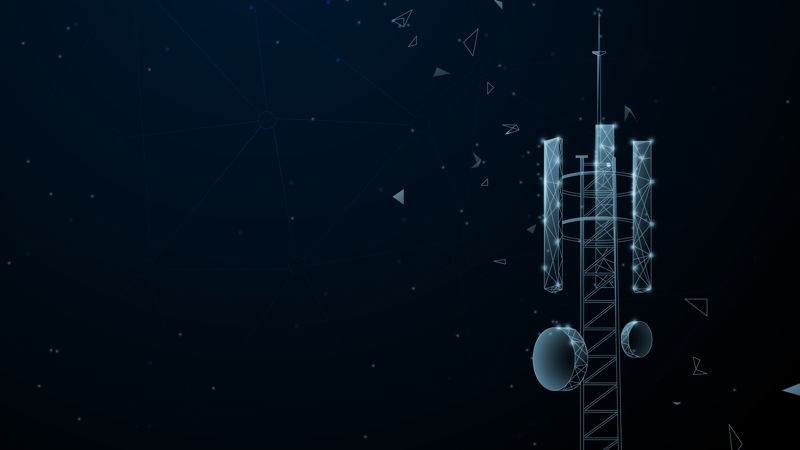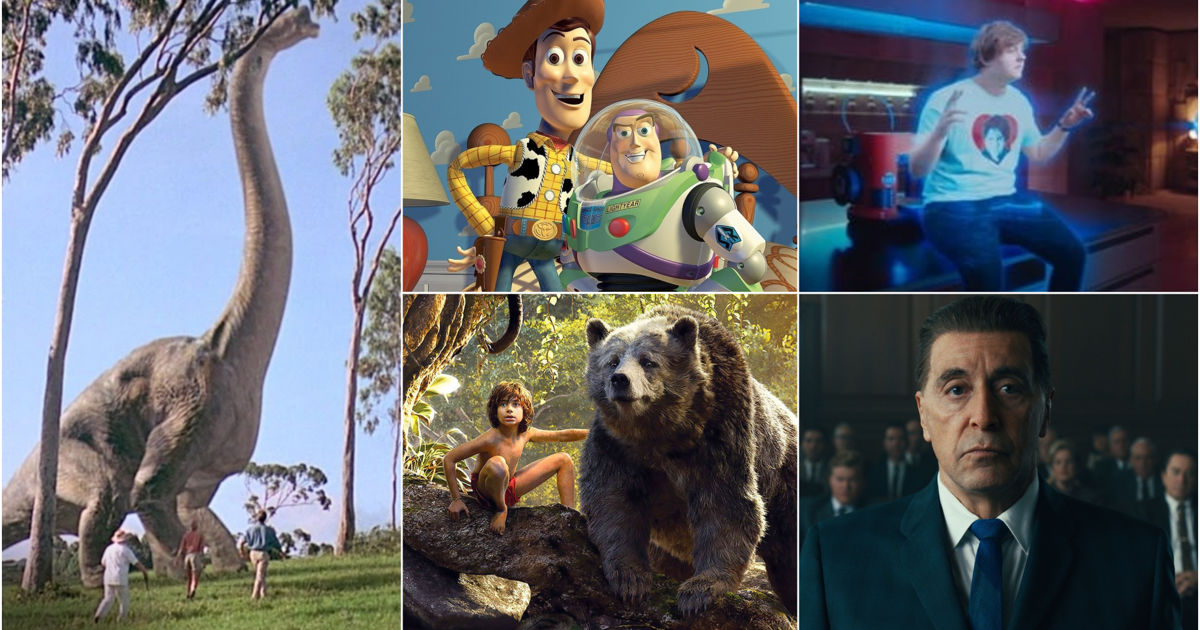Why the industry needs to change its perception of animation
Julien Simshauser, Creative Director at and Founder of Builders Club, argues that with animation's step into the world of 'enhanced reality', the medium's powers - and therefore the way in which we perceive them - needs to adjust.
There’s a tectonic shift underway in our industry, and this one is not being driven by Covid-19.
It’s a change that has been going on for years now, but which has built to a critical mass we can no longer ignore. It is the drive towards mixed-media as part of audiences’ - particularly younger generations’ - viewing habits. Consumers no longer consider there to be a binary choice between live-action and animation, as new and more widely accessible technologies have made a digital blend of the two into a feature of modern entertainment.
Consumers no longer consider there to be a binary choice between live-action and animation.
Whether it’s placing humans alongside hyper-realistic animals in films such as The Jungle Book, or digitally altering actors’ faces in The Irishman, a new ‘enhanced-reality’ form of animation has become normalised. And that change means that our industry must reconsider how it perceives animation.
Credits
powered by
- Agency Walt Disney Studios Motion Pictures
-
- Director Jon Favreau
-
-
Unlock full credits and more with a Source + shots membership.
Credits
powered by
- Agency Walt Disney Studios Motion Pictures
- Director Jon Favreau

Credits
powered by
- Agency Walt Disney Studios Motion Pictures
- Director Jon Favreau
In fact, it could be said that consumers are already ahead of the industry when it comes to this trend. As a craft, animation’s history is rooted in comic books and illustration. That’s why, when animation first began in the medium of film, artists and designers drew scenes, frame-by-frame, on paper - a practice that migrated into 3D animation with the dawn of Pixar and other fantastic animation studios. Today, the industry is still dominated by established animation companies that are rooted in this comic-book/Pixar aesthetic. And there’s nothing wrong with that, it’s just that this conception of animation as a craft has concealed much of its true potential.
The best animation has always been capable of showing us windows into new realities.
The best animation has always been capable of showing us windows into new realities. Different, bizarre worlds that somehow helped us connect more to our own. But the power of modern, hyper-real animation goes beyond that. Far from presenting us with an outlandish alternative dimension, it can enhance the one we already live in.
It’s increasingly difficult to tell the difference between animation created by an enormous company and that made by a more agile creative collective.
One recent example has been Ian Pons Jewell’s incredible work for Three. The ads show us a doped-up but tangible version of our own future, established by blending the familiar (Greggs and Barry from Eastenders) with the seemingly impossible (emojis for faces and England winning the World Cup - sorry, but it’s true). The resulting effect is a sensory kaleidoscope, and it’s something that, in my experience, audiences can’t get enough of.
Credits
powered by
- Agency Wieden + Kennedy/London
- Production Company Academy
- Director Ian Pons Jewell
-
-
Unlock full credits and more with a Source + shots membership.
Credits
powered by
- Agency Wieden + Kennedy/London
- Production Company Academy
- Director Ian Pons Jewell
- Editing Cut+Run/London
- Production Service Radioaktive Film
- Post Production The Mill/London
- Sound Design String and Tins
- Executive Producer Simon Cooper
- Producer Jon Adams / (Producer)
- Production Designer Robin Brown
- DP Mauro Chiarello
- Editor Ben Campbell
- Executive Post Producer Alex Fitzgerald
- Post Producer Dan Crozier
- VFX Supervisor Adam Droy
- VFX Supervisor Gianluca Di Marco
- Colourist Alex Gregory
- Sound Designer Will Cohen
- Music Supervisor Laura-Leigh Smith
- Creative Adam Newby
- Creative Will Wells
- Creative Director Hollie Walker
- Design Director Ryan Teixeira
- Executive Creative Director Iain Tait
- Executive Creative Director Tony Davidson
- Producer James Laughton
- Senior Designer Alex Thursby-Pelham
- Talent Lewis Capaldi
- Talent Shaun Williamson

Credits
powered by
- Agency Wieden + Kennedy/London
- Production Company Academy
- Director Ian Pons Jewell
- Editing Cut+Run/London
- Production Service Radioaktive Film
- Post Production The Mill/London
- Sound Design String and Tins
- Executive Producer Simon Cooper
- Producer Jon Adams / (Producer)
- Production Designer Robin Brown
- DP Mauro Chiarello
- Editor Ben Campbell
- Executive Post Producer Alex Fitzgerald
- Post Producer Dan Crozier
- VFX Supervisor Adam Droy
- VFX Supervisor Gianluca Di Marco
- Colourist Alex Gregory
- Sound Designer Will Cohen
- Music Supervisor Laura-Leigh Smith
- Creative Adam Newby
- Creative Will Wells
- Creative Director Hollie Walker
- Design Director Ryan Teixeira
- Executive Creative Director Iain Tait
- Executive Creative Director Tony Davidson
- Producer James Laughton
- Senior Designer Alex Thursby-Pelham
- Talent Lewis Capaldi
- Talent Shaun Williamson
Of course, like all techniques, this new blend of reality and animation only thrives when it serves the higher goal of creative storytelling. Execution must always follow the concept, never the other way around.
At the start of the last decade, top-tier animation was almost exclusively the domain of the big-budget studios.
Storytelling via ‘enhanced reality’ needn’t be complex. It can start with something as simple as an advert with a celebrity and a linear narrative. Our approach at Builders Club would then be to take these basic ingredients and augment details such as art direction, design, technical approaches, and add moments that surprise the viewer. The idea is to take the viewer by the hand and start with something familiar, something they can relate to, and then tweak the narrative so that they end up in that magic forest that fascinates them and stays with them. That’s the beauty of all the greatest animation, and in that sense enhanced reality is no different.
The idea is to take the viewer by the hand and start with something familiar... and then tweak the narrative so that they end up in that magic forest.
It’s true, of course, that this new trend in animation owes much to advancements in technology. At the start of the last decade, top-tier animation was almost exclusively the domain of the big-budget studios. To do the best work, the thought process went, you need the most expensive equipment. Today, however, that mindset has been left in the past.

In the modern industry, it’s increasingly difficult to tell the difference between animation created by an enormous company and that made by a more agile creative collective. This democratisation is having exciting knock-on effects for audiences, who enjoy the greater sense of creative experimentation in the work that these smaller studios produce. Brands, too, have an opportunity to embrace this shift in order to craft new messages that wouldn’t have been possible before.
With modern animation, we can think bigger, be more experimental, and take creative storytelling to a new level.
After all, making the impossible seem possible has always been animation’s greatest quality. Audiences that grew up with living toys in Toy Story, and saw dinosaurs brought back to life in Jurassic Park, understand its limitless potential. With modern animation, we can think bigger, be more experimental, and take creative storytelling to a new level. We spurn the opportunity to do so at our own peril.
)













